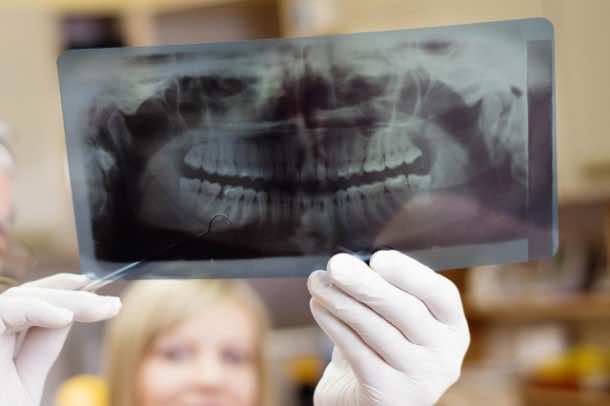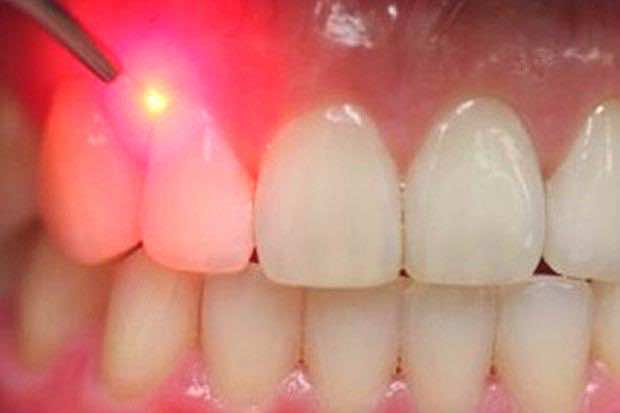Wouldn’t it be amazing if instead of getting fillings for your damaged teeth, you could just have new teeth? A team from Harvard has come up with a way of re-growing teeth. The potential is immense, if it gets developed and is harnessed to its fullest, we might soon witness fillings and dentures being phased out. It could even be used as groundwork for more regenerative approaches such as bone regeneration, wound healing and more.
The research has been published in the journal Science Translational Medicine. The process itself seems to be have taken out of a book of science fiction. The team made use of a low-power laser beam for triggering stem cells located in human mouth and encouraged them into forming dentin. Dentin is the bone-like tissue that is present underneath the tooth’s enamel and constitutes most of the tooth’s mass.
This news is groundbreaking because till now, the stem cells have been quite difficult to manipulate with precision. Alright, back up. What are stem cells? They are undifferentiated cells that possess the capability of transforming into different and more unique forms of cells. Yes, these are cells that can be transformed into various kinds of cells if only we knew how to do so and it seems that the team has managed to do just that. It doesn’t come as a surprise that scientists have been trying to make progress with these stem cells for repairing or replacing damaged tissues, however they haven’t been able to make much of a progress.
As mentioned earlier, the identification of the method that would transform these stem cells into particular cells has remained unknown for quite some time. The techniques that have been previously used relied on scientists removing the stem cells and then working with them in lab until they became the kind of cell that was required and were subsequently placed back into the body. The progress has been slow since these methods required time and were difficult.
The latest method based on lasers is faster and quite less invasive. The technique has been successful on multiple lab and animal models thus rendering itself quite promising. Let’s see where this amazing breakthrough takes us as a whole and what wonders are unlocked next.

